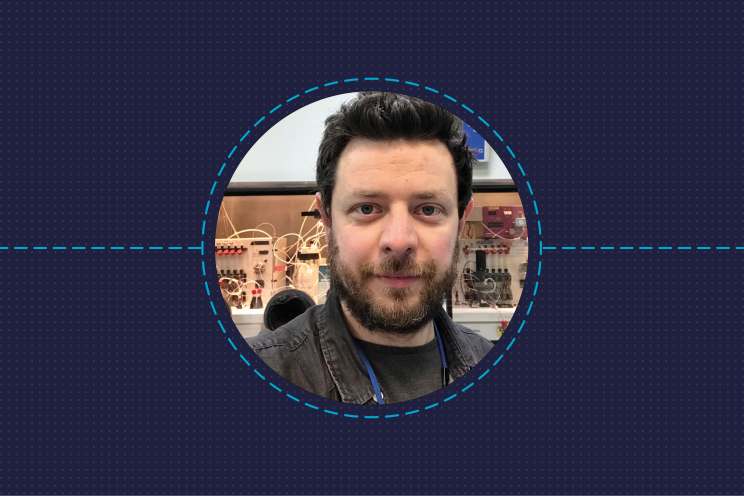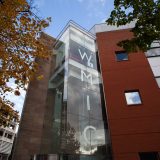Which team do you work in and what does that team do?
I work in the Discovery team led by Dr Juliana Maynard; I am part of the pre-clinical imaging group. They use imaging techniques such as positron emission tomography (PET), computed tomography (CT), ultrasound and optical imaging to study the biodistribution and pharmacokinetics of molecules and drugs in vivo.
What’s your role within your team?
I am a senior scientist in Radiochemistry. My main role is to label molecules with PET radionuclides so that they can be used for preclinical PET imaging; molecules to be radiolabelled can range from small drug molecules and ligands to large macromolecules such as peptides and proteins. Cells, liposomes, and drug delivery systems such as nanoparticles are also radiolabelled.
My role as a radiochemist is to develop radiolabelling strategies to produce these radiopharmaceuticals, purify and formulate them for pre-clinical PET imaging.
I’m really enjoying being client-facing, most clients have little experience of radiochemistry, so they really respect the years of experience I can bring to their work.
How many years of experience do you have within your field of work?
I have worked in the field of PET radiochemistry for over 15 years. I obtained my PhD in radiochemistry in 2015 from the University of Manchester focusing on PET radiochemistry for the investigation of pain and inflammation.
I have produced radiopharmaceuticals for both clinical and preclinical PET imaging projects and have several peer-reviewed publications in scientific journals. I also hold an honorary lecture position at the University of Manchester teaching basic and advanced PET radiochemistry theory for MSc students.
How does your role support other functions within the organisation?
Producing radiopharmaceuticals at Wolfson Molecular Imaging Centre (WMIC) enables the preclinical imaging group to carry out the PET imaging experiments to investigate the biodistribution and pharmacokinetics of the radiopharmaceuticals in vivo.
What attracted you to the drug discovery industry and Medicines Discovery Catapult?
Helping to push the translation of potentially life-changing drugs and therapeutics to the clinic is a big drive for me. For this translation to happen, drug companies, academics and SMEs need to understand how their drugs work – this is where radiochemistry and pre-clinical imaging can help.
Not many people do radiochemistry, it’s fascinating because it combines preclinical work with the translational side, I know that what I do will go forward to help patients.
Tell us about any work you’ve done that you’re most proud of.
I did my PhD on a part-time basis whilst working as a radiochemist which meant it took 6 years, so it felt like a great achievement when I passed my viva and got the PhD. Other work includes seeing radiopharmaceuticals I have helped to develop be used in clinical PET research.
How do you stay connected with what’s happening in the industry?
Communicating my work through peer-reviewed scientific journals and presenting at conferences. We also held the UK PET chemistry meeting in Manchester in 2019 bringing together the radiochemistry community in the UK to learn about the new trends and open up networking opportunities to encourage collaborations.
As scientists, getting our work and research published for our peers to review is a fantastic goal, it gets us recognition and keeps us connected, which again opens opportunities and broadens our horizons. And, that’s why I do it. There are so few of us in Radiochemistry, and we all know each other and it’s great we share our insights.




